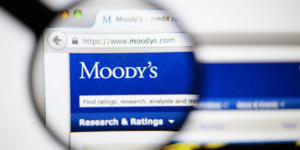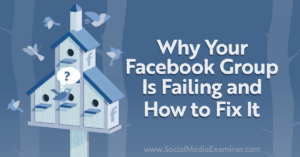Remember the pre-COVID-19 era when personal hygiene was just limited to a chapter in the kids’ science book? For many of us, it wasn’t even a mandatory thing to follow. Fast forward to 2021, the second wave of the COVID-19 pandemic has literally rattled India with its fast pace and never-seen-before variants.
Personal hygiene is no longer a topic we can ignore or laugh about. Today, the personal care routine has become an integral part of our lives, but it is proving to be an amazing weapon against COVID-19.
With the increasing number of fatalities, it has become evident that it is safer to focus on the precautions than cure. And one of the most significant steps in terms of precaution is adequate personal care. Following the same point of view, new-age consumers have started including personal care and hygiene routine in their daily schedule. Consumers opt for proper personal care routines to kill germs and bacteria, and enhance their hygiene and beauty.
Indian beauty and personal care industry
The beauty and personal care industry has grown exponentially over the last few years; especially since the COVID-19 ordeal pushed the industry to grow rapidly. With more and more citizens understanding the importance of hygiene and personal care, personal care product sales are soaring high.
It is important to mention here that the BPC (beauty and personal care) industry – which can be primarily divided into body care, face care, hair care, hand care, and colour cosmetics – is evaluated to be worth $8 billion.
Trending consumer behavioural patterns
With the increase in the sales and demand for personal care and hygiene products, there are certain behavioural patterns that the consumers are following:
COVID-19 tight pockets
While most products are within a moderate price range, it is still a priority for several consumers to buy a cost-efficient product with the best quality ingredients. Since not every high-priced product needs to offer better quality, consumers are looking for products that provide good quality within their budget.
Yes to natural ingredients
One of the most trendsetting factors that consumers adhere to today is choosing products with natural ingredients. This is mainly due to the growing concern and awareness about health and wellness that consumers believe that choosing natural products will be the right course of action.
From Vitamin C to green tea extract, organic products with zero to very little chemicals are becoming popular among consumers – especially those who tend to pick up the product which claims to be without paraben and SLS.
Eco-friendly and biodegradable solutions
With India bearing the brunt of environmental crises – such as floods in Hyderabad, Assam, and Kerala; cyclones in Burevi and Nivar; Assam oil and gas leak at Oil India Limited’s (OIL) Baghjan oilfield – it has become very important for the citizens to do their bit to conserve the environment.
Following the same sentiment, several young consumers are now purchasing products with eco-friendly and biodegradable ingredients and packaging. This consumer pattern is not only helping the consumers as eco-friendly packaging is less likely to induce toxins to products stored inside, but it also helps the environment by not adding to the soaring non-biodegradable garbage problem.
Tested and approved
Today, the personal care and hygiene industry has expanded into the deep ocean where several small-big, approved, and non-approved products exist. To ensure that they don’t get duped, more and more consumers are trusting products with some sort of approval by the FDA, health department, or any other trusted organisation.
The revenue of the beauty and personal care industry in 2021 was roughly $26,853 million, and this market is expected to grow by 8.51 percent annually (CAGR 2021-25). On top of that, the personal care segment is the biggest segment of this billion-dollar industry, amounting to roughly up to $12,261 million in 2021.
(Disclaimer: The views and opinions expressed in this article are those of the author and do not necessarily reflect the views of YourStory.)






![Read more about the article [Funding alert] Proptech startup BricSpaces raises $350K in pre-seed round from angel investors](https://blog.digitalsevaa.com/wp-content/uploads/2021/05/Imagev1bh-1621492973929-300x150.jpg)



